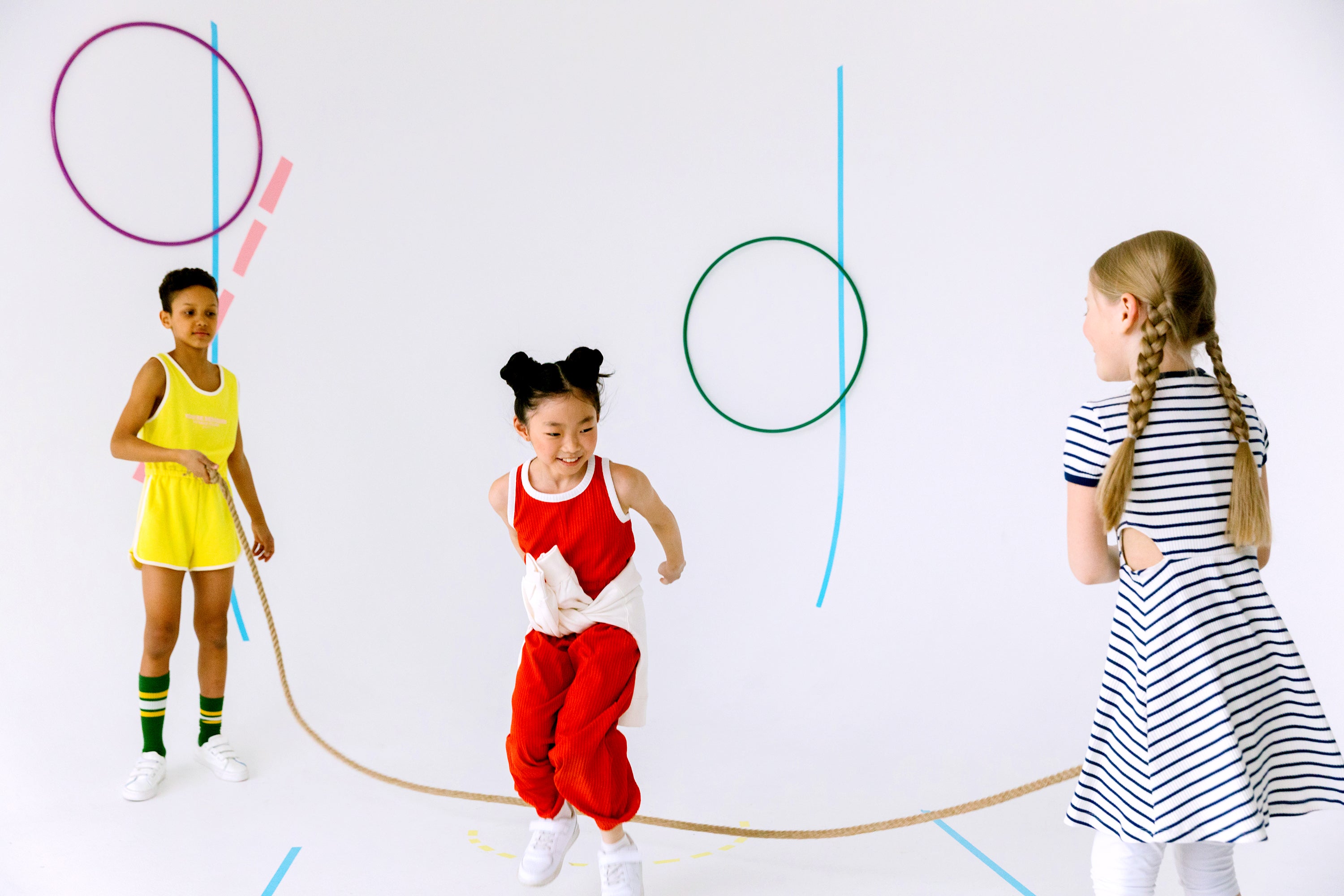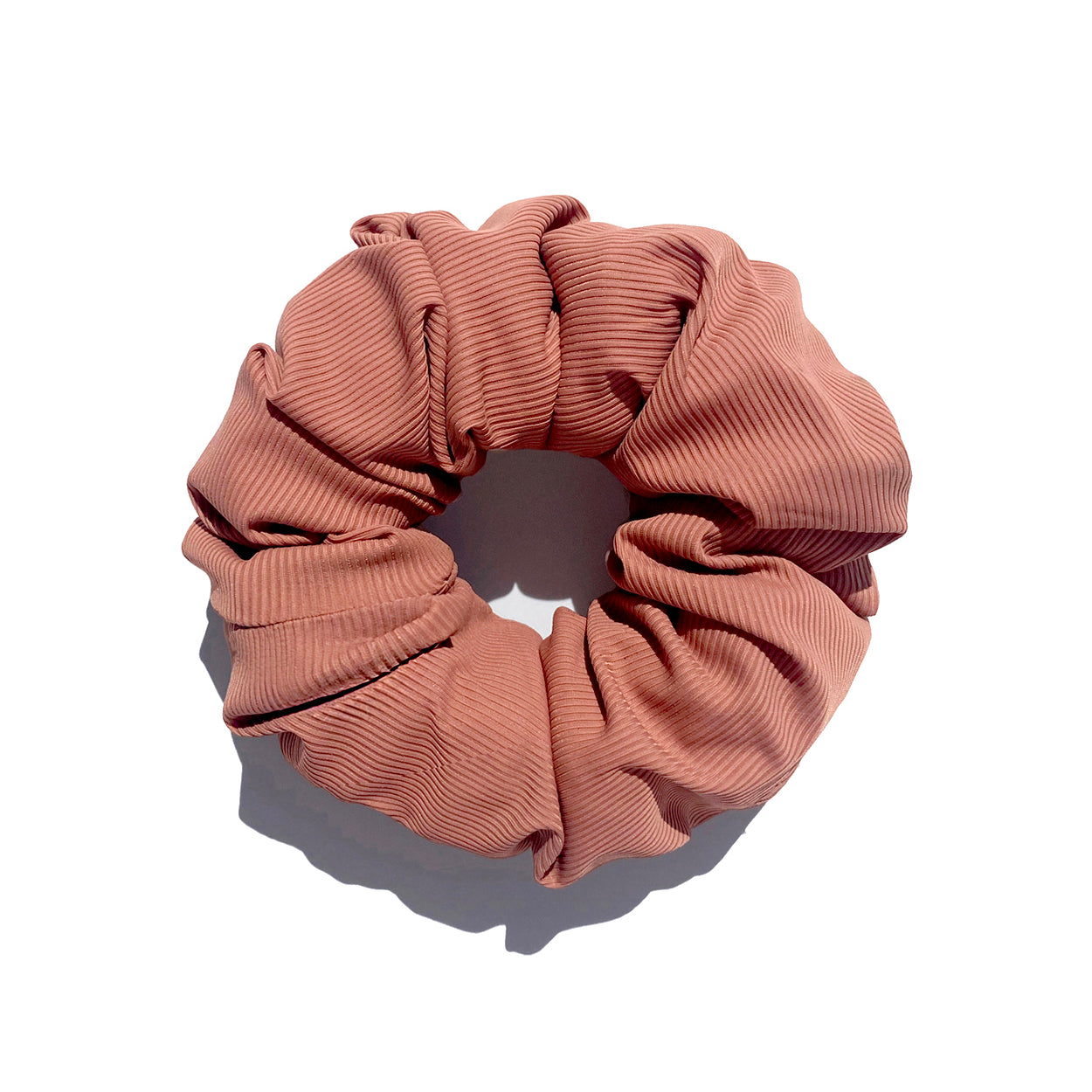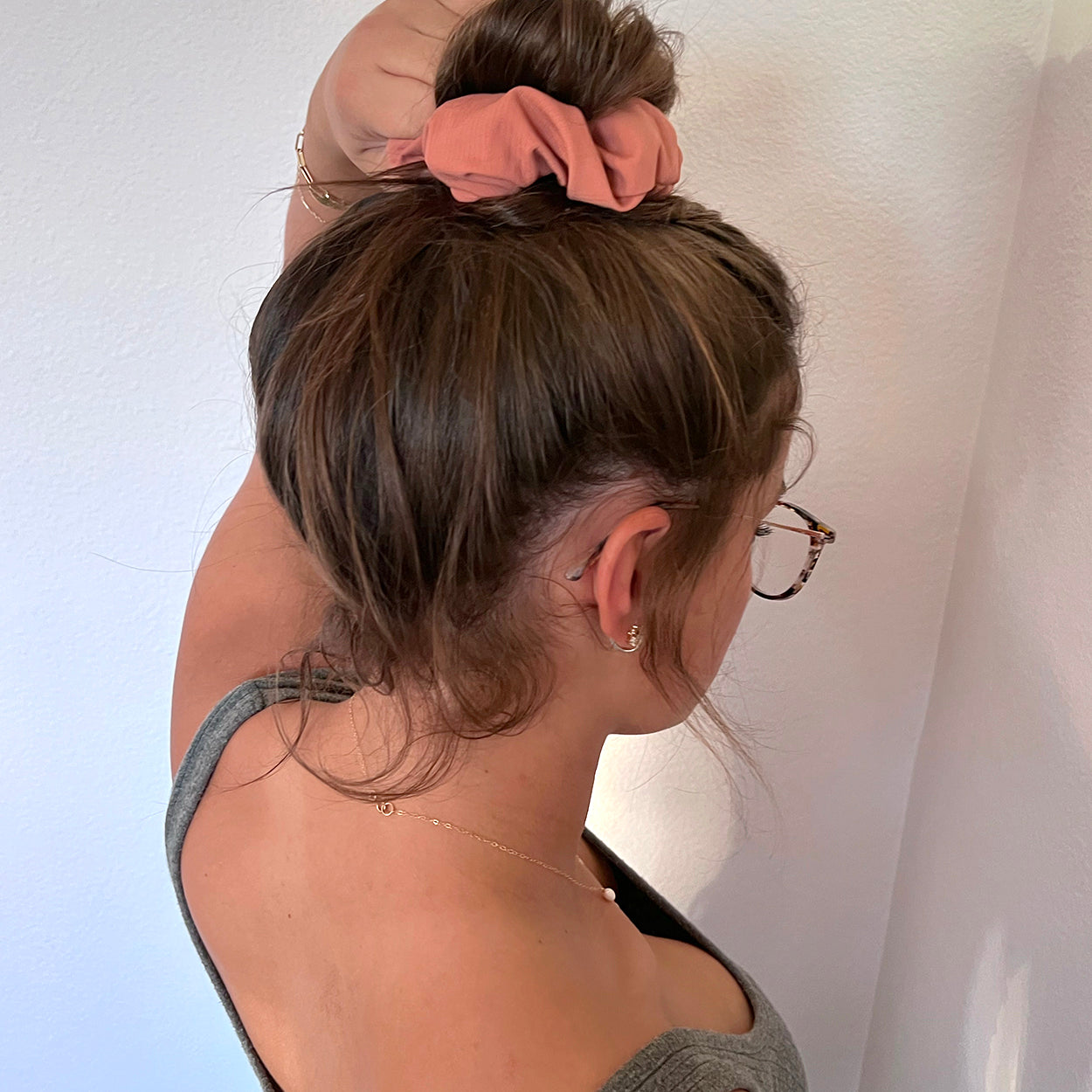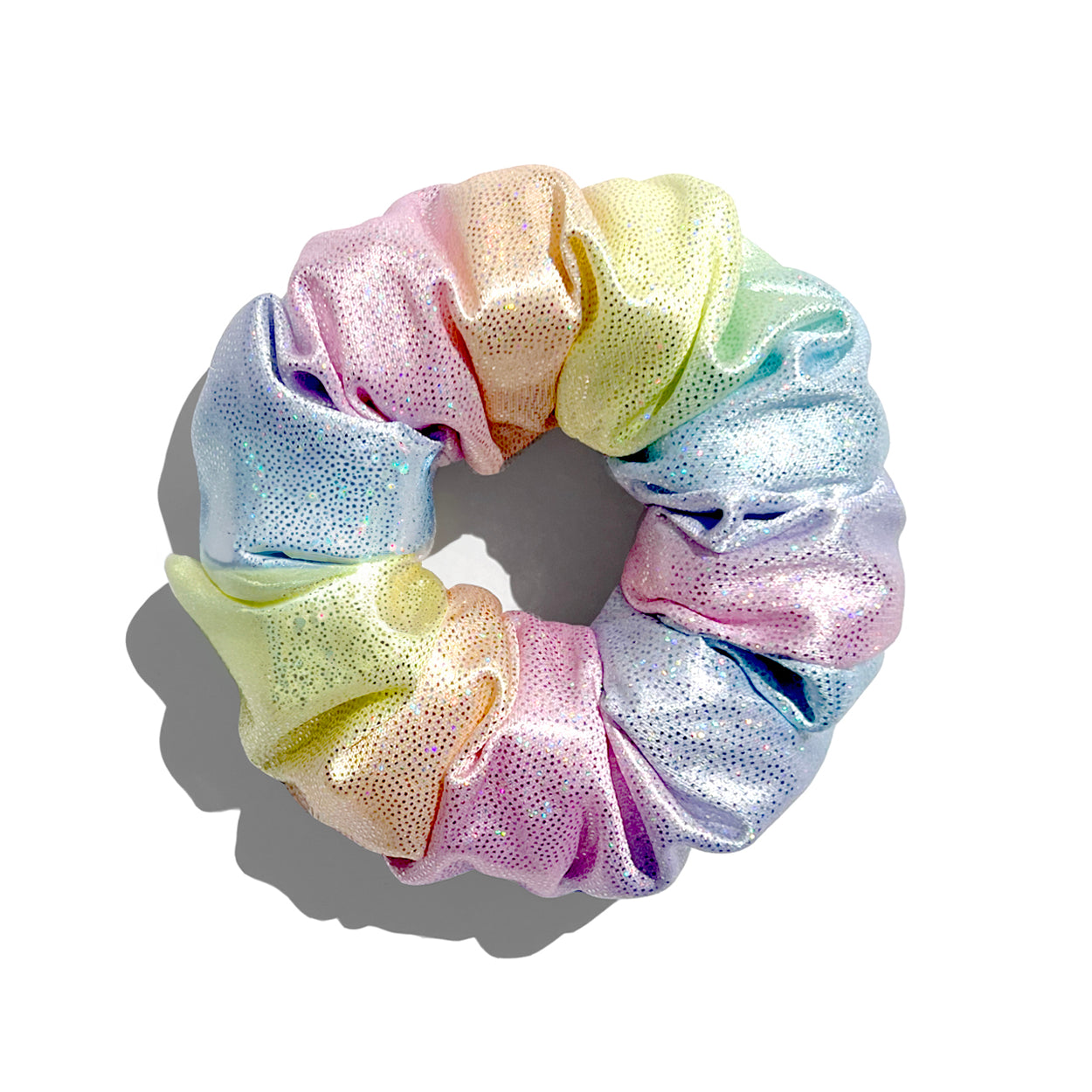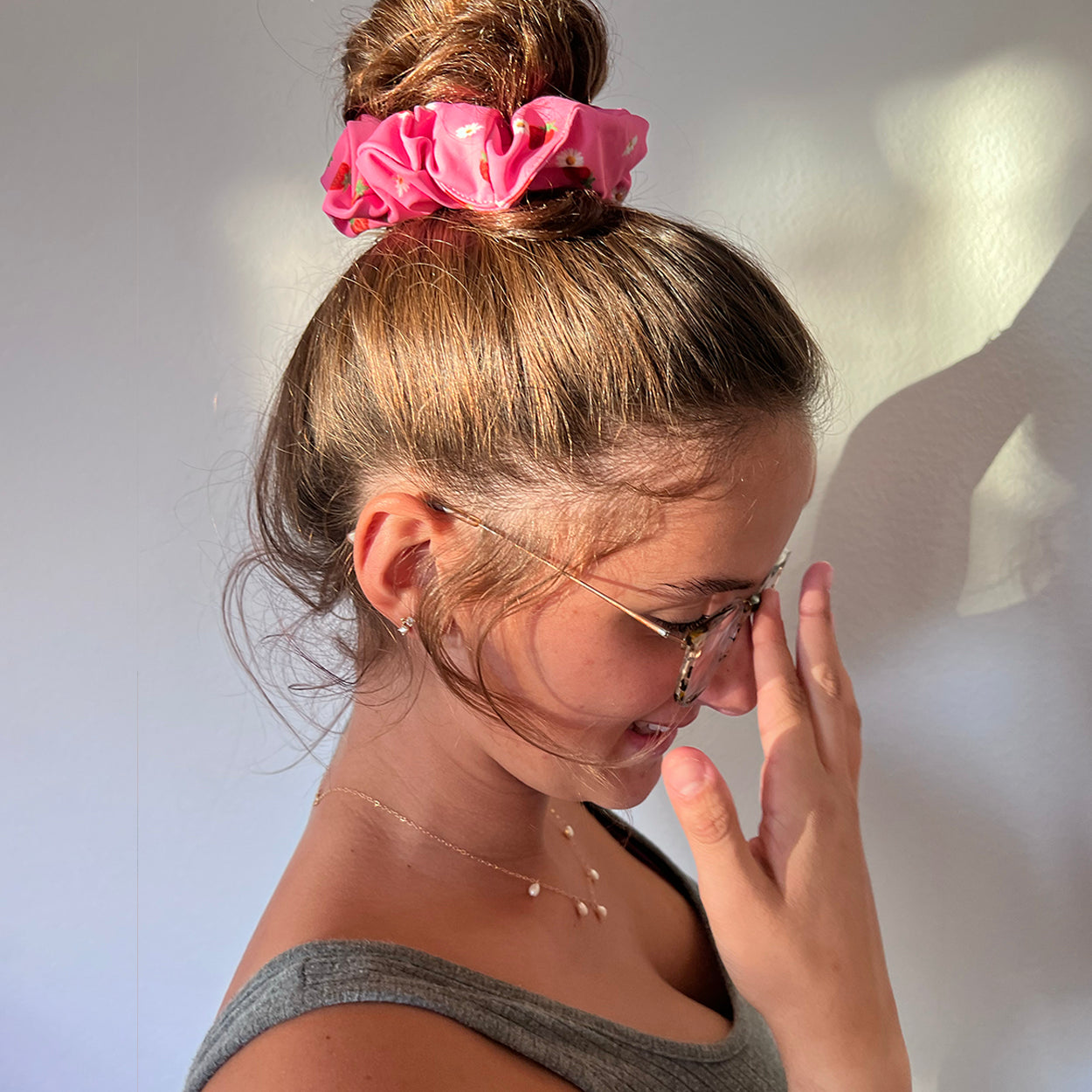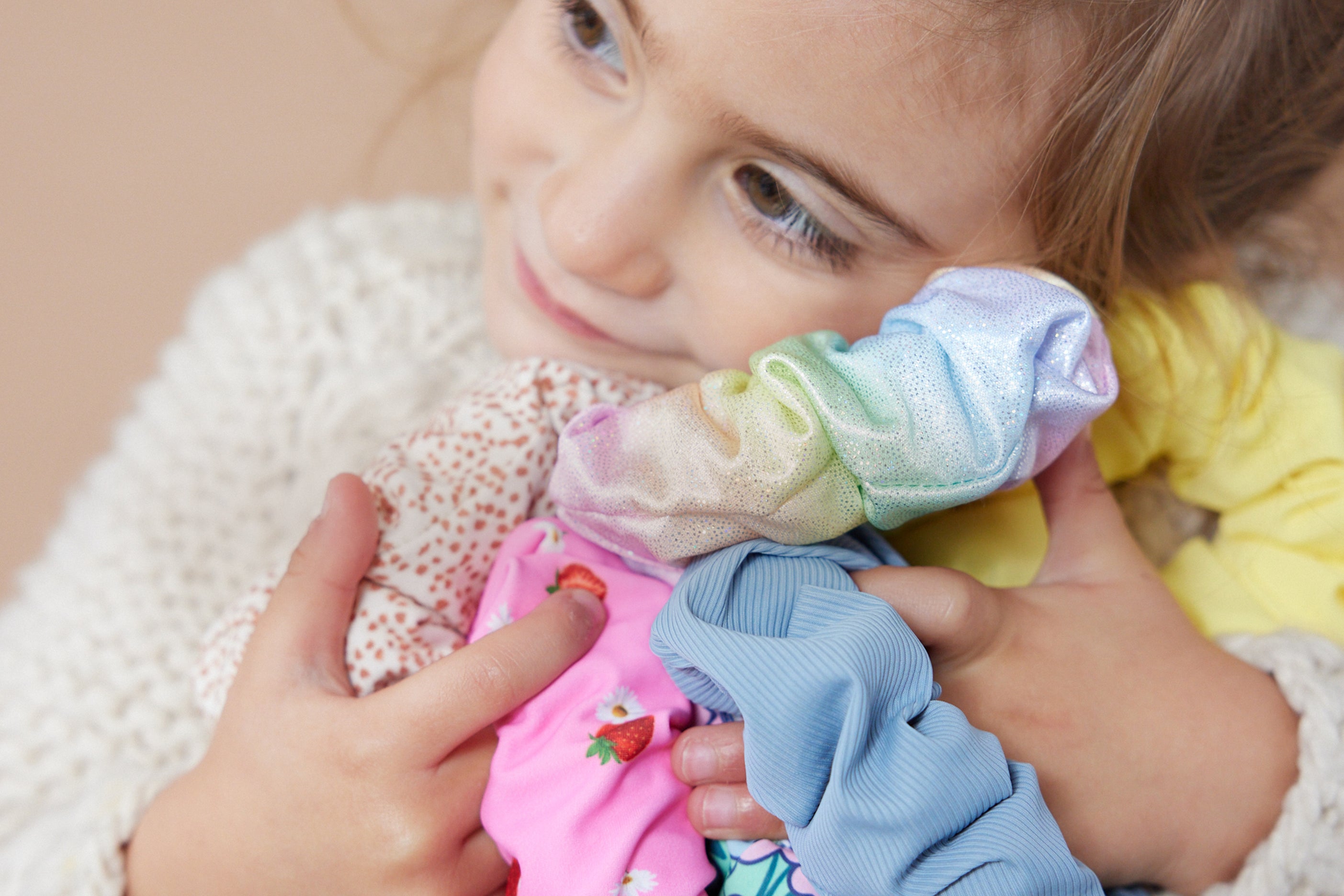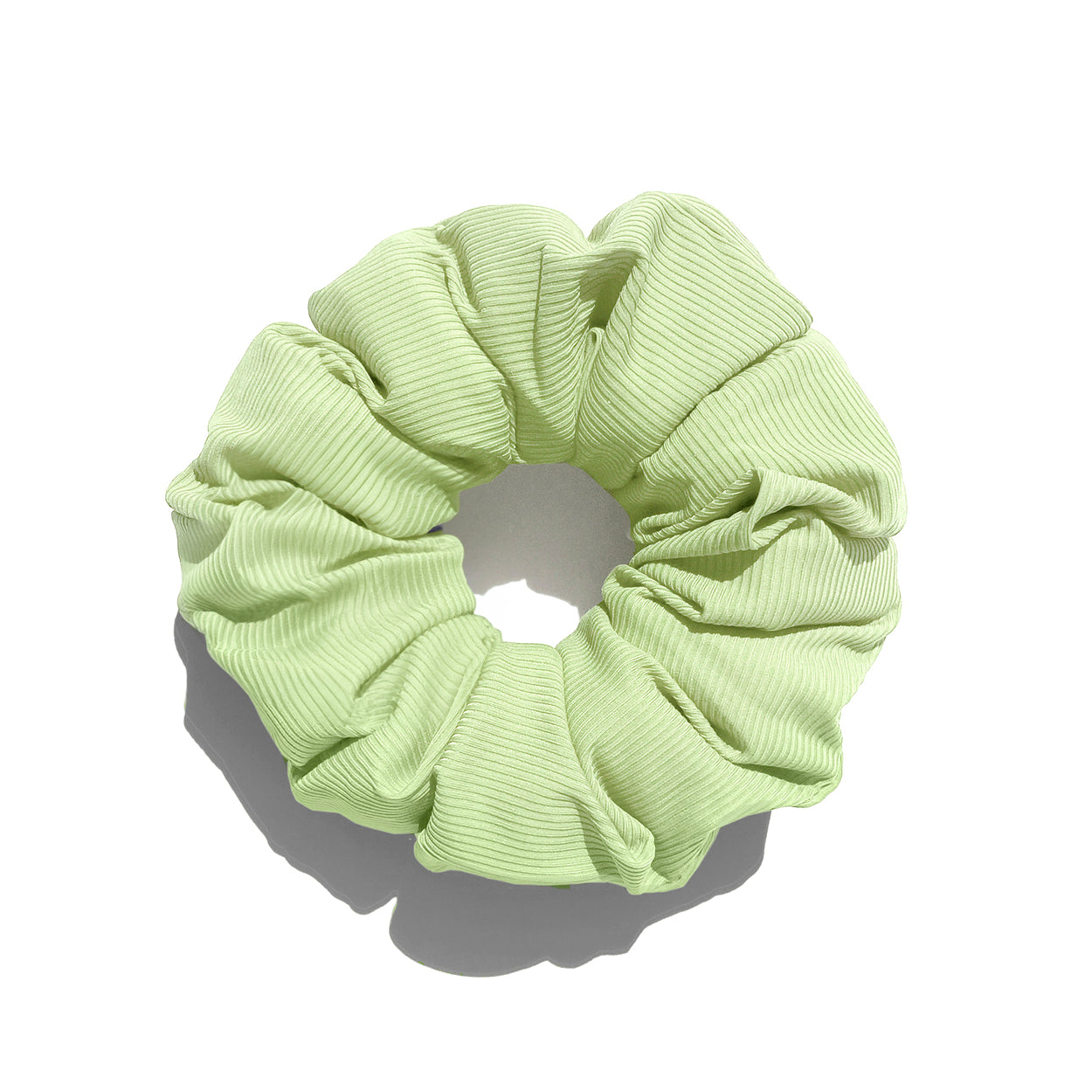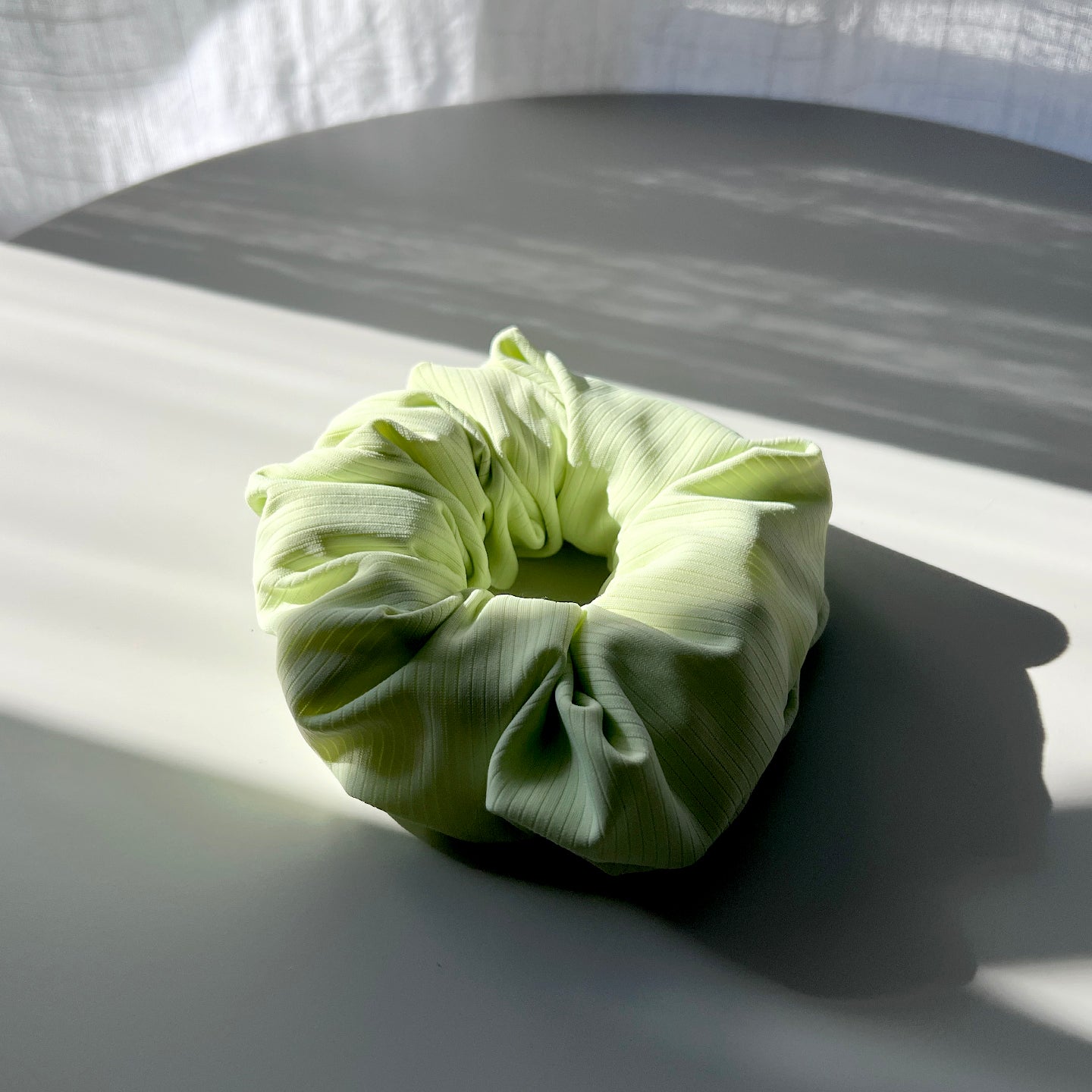Most kids squirm, wiggle, and fidget, especially when they’re asked to sit for long periods of time. As they grow older, some children continue to fidget as a coping mechanism to relieve anxiety, discomfort, or sensory overload. Stress can be especially intense in unfamiliar environments, in classrooms, when meeting new people, and during those super long (and, let’s face it, often boring!) online classes.
Kids are all different, and that’s what makes them awesome! While some children cope with discomfort by binging Youtube or Netflix, others make clever use of go-to sensory solutions. In this article, we cover the most effective ways to provide sensory relief to children of all ages, from preschoolers to tweens, no matter what situation they’re in.
#1. Touch
Ever watched your child tear a paper napkin into teeny tiny pieces during dinner, twist their hair into knots while trying to concentrate, or tap tap tap on the table to stay calm? In most cases, all that fiddling is their way of focusing and regulating emotions, so give them a big high-five along with smart sensory solutions to touch, squish, and squeeze. Fun sensory items, or “fidgets,” can help boost concentration, encourage relaxation, and redirect behaviors (like picking!) while also improving fine motor skills.
Squeezable Scrunchies
A squishy, stretchy scrunchie is just the ticket for those times when your child needs something to fiddle with but grabbing a toy isn’t an option—like during online classes or a big in-person exam. Whether wrapped up in a ponytail or worn as a fashion accessory on your child’s wrist, Smush scrunchies are made from sensory friendly textures just waiting to be squeezed. Best of all, it’s a discreet solution for kids that prefer to be subtle about fidgeting.
Furry Sidekicks
In situations where it’s okay to bring along a bigger sensory item, kids of all ages will benefit from a plush animal or blanket to squeeze, hug, and snuggle with. It’s especially helpful if the item is made from durable materials but also has different textures and fabrics to play with, like silky edges or rows of squishy buttons. Some sensory items are weighted, so they’re extra soothing, and many can easily fit into a backpack, so that children can bring them along to class, on field trips, or wherever the day takes them.
#2. Move
Sometimes, children need a simple sensory break. If the environment allows it, encourage your child to shake it all out with activities that connect mind and body. Not only does targeted movement help build tolerance to unpleasant sensations by showing your child how to redirect their emotions toward healthy activities, but it’s an energizing escape that improves hand-and-eye coordination.
- Jump rope. Grab a jump rope with soft, splooshy handles that are easy to squeeze and start a jumping contest.
- Rock on. A rhythmic back and forth on a children’s rocking chair is both soothing and fun, especially if the chair has grippy handles or doubles as a great chair at a desk!
- Dance and spin. Deliberate movement boosts focus and calm. Twirling and dancing with a colorful ribbon wand is a fun way to get some exercise, especially if you make your own!
- Swing. For a dose of fresh air, head down to the local playground and climb on a swing! The motion of the swing, whether your child is spinning in circles or just moving back and forth, is absorbing and exciting.
#3. Listen
One of the most effective sensory solutions to relieve stress relies on auditory input. Auditory strategies can help address sensory overload, especially if you’re returning home from a noisy place or big party and your child needs to decompress.
Turn down the volume
Modulating our own voices and the sounds in our homes for our children in order to create a more sensory friendly environment is a quick and easy way to reduce overload and stress. In cases where we have limited control there are great go-tos for sound canceling/controlling such as ear plugs or a noise canceling headset.
Turn up the white noise
While your child is hard at work on a drawing or their homework, playing rain sounds or ocean sounds in the background, or switching on a white noise machine, is an optimal way to calm frazzled nerves and create a sense of calm. White noise also helps eliminate unpleasant sounds, like traffic, creaky doors, or people chewing.
Play relaxing music
Music has been improving human moods for millennia—literally! While upbeat, stimulating tunes certainly have their place, if the goal is to achieve a restful state, aim for a calm piano soundtrack or a compilation of classical music that’s specifically intended to improve sleep. Noise-canceling headphones are one of the best sensory solutions, too, enabling your child to listen to relaxing sounds without being interrupted no matter where they are.
Wellness and Sensory Solutions to Take Anywhere
From games to toys to fashion accessories, there are wonderful options to help kids and tweens feel great and do their best. Here at Smush Co., we understand that the wellbeing of our kids is our top priority. That’s why we created our own scrunchies from soothing fabrics and colors and filled them with just the right amount of delectable squish.
Smush scrunchies are both fashion accessories and wellness boosters, doubling as a hair tie that you can pinch, squeeze, and smunch to your heart’s content to relieve anxiety no matter where you are. We believe that the best sensory solutions should be easy, uplifting, and always inspire a sense of comfort and support for your child.

